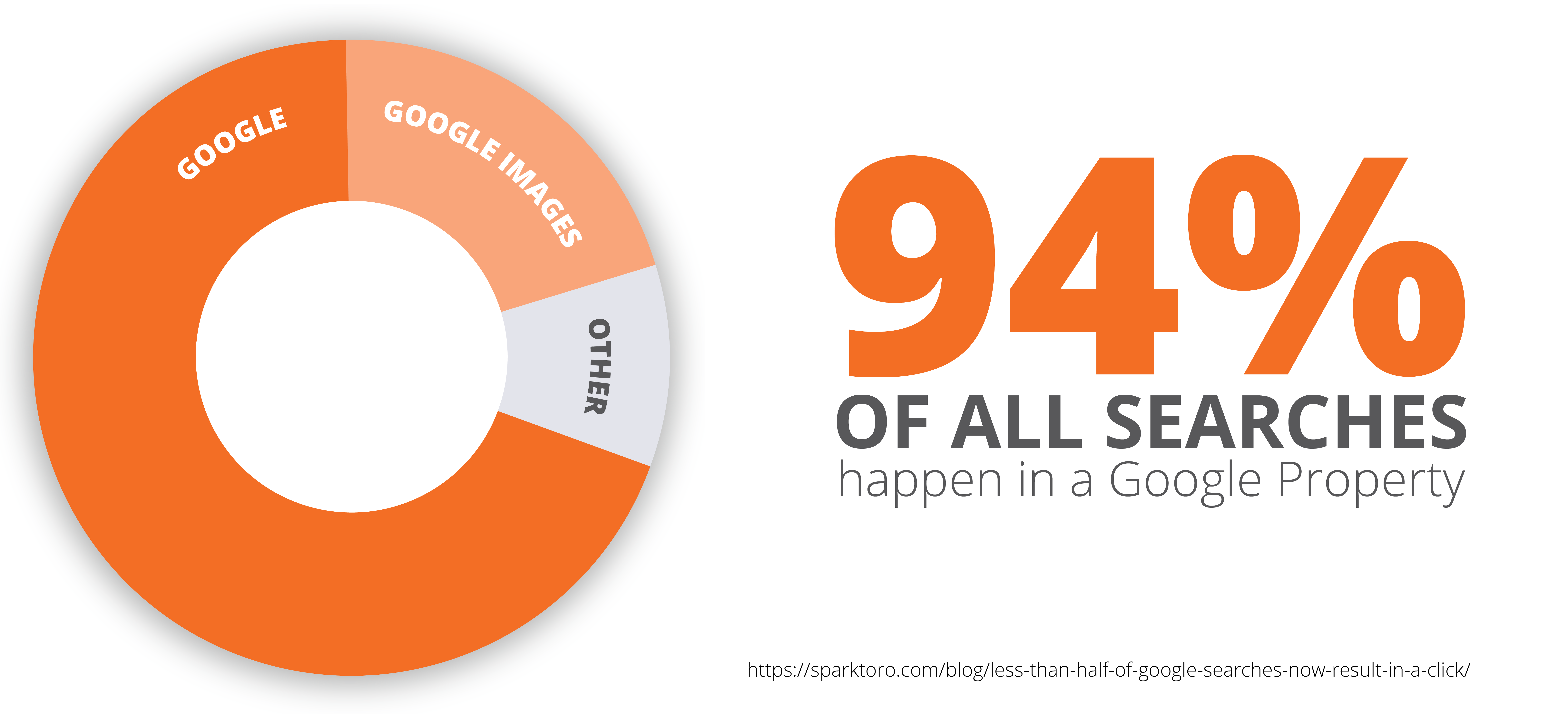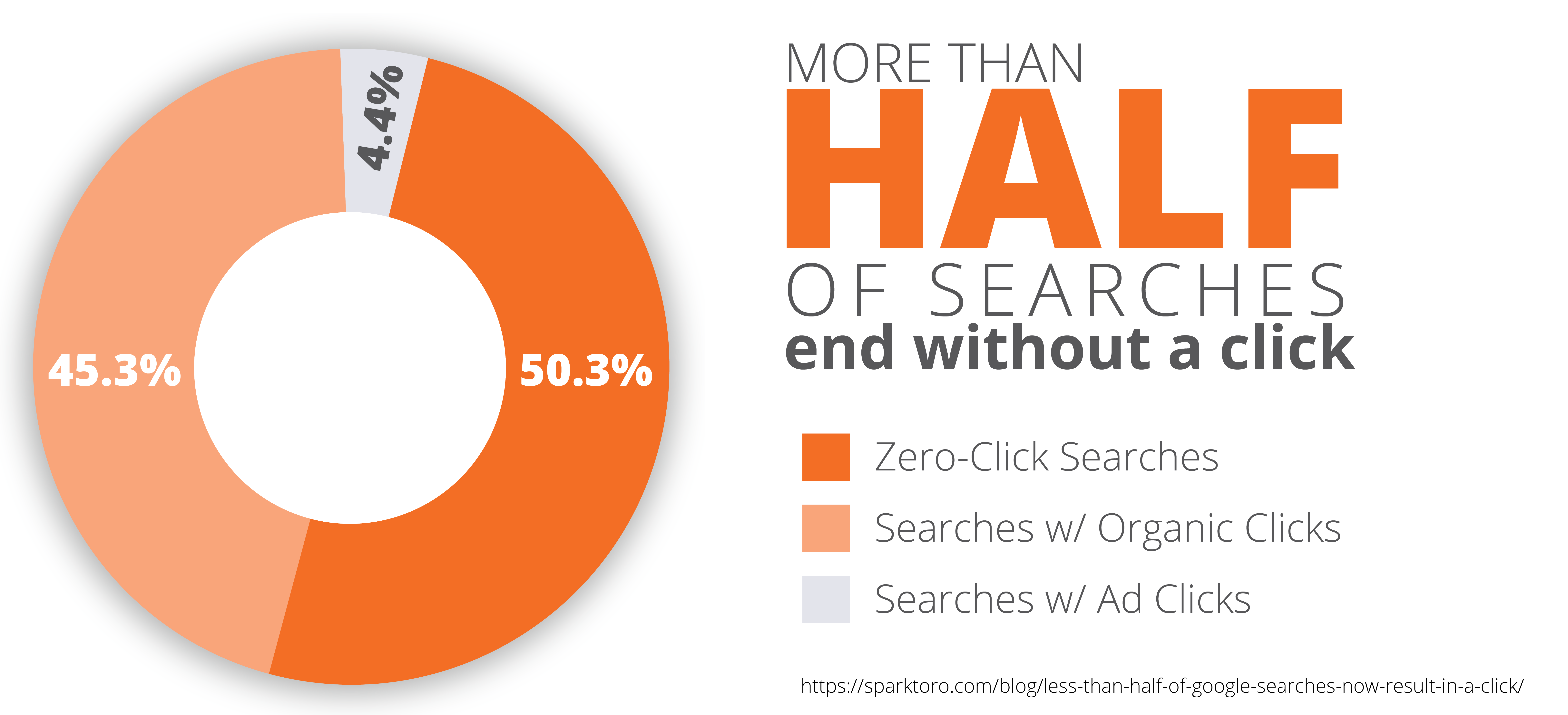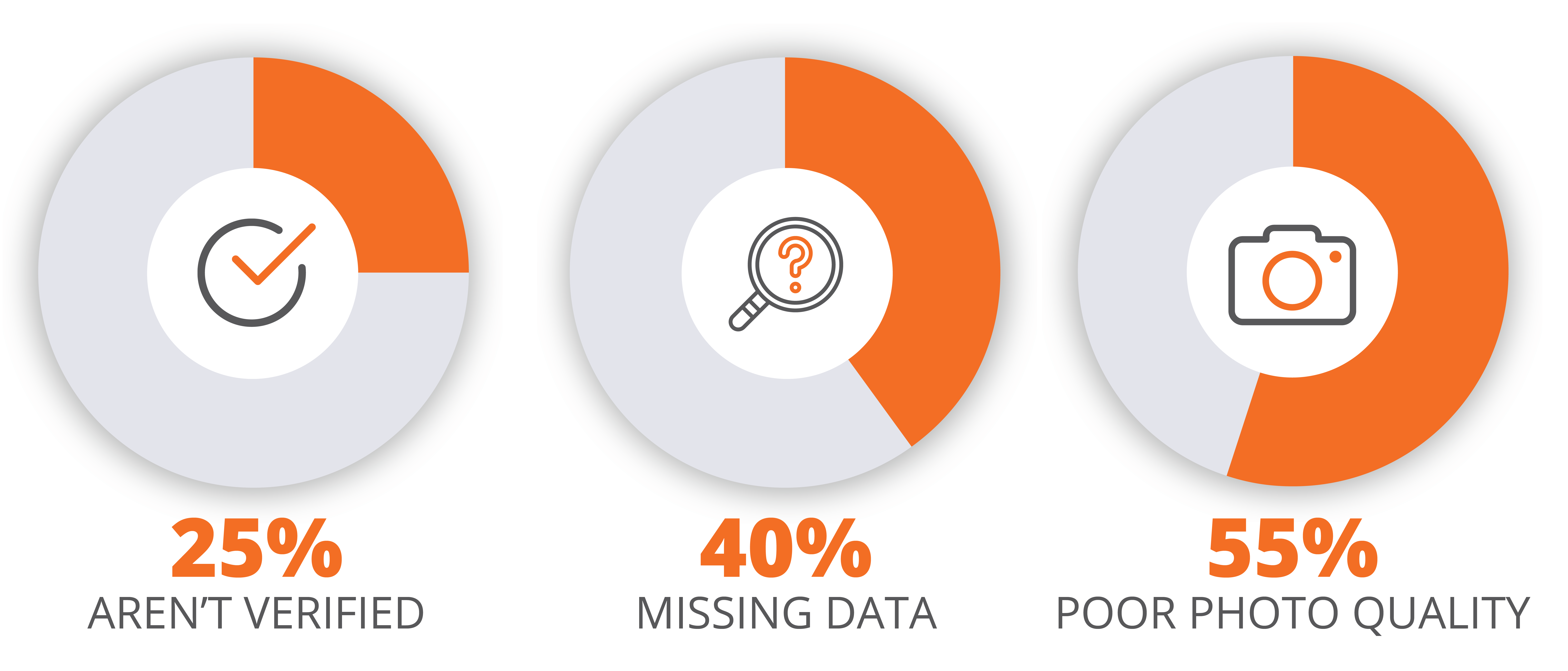Optimising Beyond Owned Channels
The Challenge: Investing in Recovery without being Thwarted by Ever-Changing Hotspots and Border Closures
Many tourism recovery initiatives are being held hostage to the mercurial nature of politicians, changing travel restrictions, and other uncontrollable factors. How do Australian destinations, focussed on rebuilding their tourism economies (and local economies in general), direct their efforts without being rendered redundant by ever-changing and unpredictable conditions? It’s paramount to identify easy-win investments with both immediate and long-term benefits, regardless of border status and changing hotspots.
While travel may be on hold for now, travel planning certainly isn’t. Aussies remain sluggish hitting the ‘book now’ button, but continue to search for inspiration and travel-related content. Herein lies the opportunity.
The Gaping Hole in Digital Destination Strategy
Destination marketers and tourism businesses tend to prioritise their website and social channels as the crown jewels of their digital marketing mix. The lion’s share of time and financial resources are earmarked to continually optimise these channels. (Just keeping social media channels populated and engaging is a full-time job.) But, as organic traffic continues to decline, there is a growing struggle to maintain similar returns on digital marketing efforts.

Google has cemented its monopoly in search with 94% of all searches taking place in its platform. This highlights the unparalleled power and impact it has over our online activity.
In an increasingly digitalised world, we take in hundreds of data points as we research to make decisions. Given that most of us have an average attention span of eight seconds, we want answers as quickly as possible. This gives a big clue around the declining return from owned channels.

As Google continues to optimise for user experience, seamlessly providing relevant information without the burden of additional clicks, expect increasing challenges as fewer and fewer people visit websites. Search activity is increasingly staying on Google properties, further increasing the percentage of zero-click searches (which surpassed the 50% mark in Q2 2019).
Google My Business (commonly known as GMB, and formerly known as Google Local and Google Places) is a business listing on Google. Information from it feeds into a variety of important Google-owned properties with high online visibility, including Google Knowledge Graph, Google Local Pack, Google Maps, and more.
Quantifying Lost Opportunities
The average split for business visibility in search results is 45% direct; the result of people looking for a specific business as part of their search query. The remaining 55% is discovery search; people searching for a business category and then choosing from the local business results provided by Google.
Businesses and destinations must maximise their results from both direct and discovery search. If the focus is purely on direct, then more than half of all possible visitors are being missed. By turning a proportionate level of resources to optimising GMB presence, this gap can be filled.
Poor Quality Listings Impact Destination Perception
On average, 55% of GMB listings have photo quality issues, 40% are missing key data, and 25% haven’t been verified by the business owner. Many operators lack the knowledge (or time) to regularly update and optimise these listings. The impact of incomplete or poor quality data goes well beyond the lost opportunity for the individual business; It negatively impacts the overall image and perception of the destination.

Rebalancing Digital Strategy
Destination marketers universally understand the importance of digital marketing and have a robust program focussed on owned channel optimisation, promotion, and keyword SEO. But all too often, ensuring the quality of operator GMB listings is seen as outside their sphere of influence and is subsequently left to chance, leaving a gaping hole in an otherwise sound digital strategy.
Redirecting investment will alleviate the disappointing and incomplete information often found on GMB listings from local restaurants, attractions, and hotels. By improving the depth of information and quality of imagery contained in local GMB listings, destinations will provide direct service and benefit to their community constituents while also considerably lifting the quality of their overall digital footprint and brand image. A win/win scenario for both the tourism community and the destination at large.
While GMB listings won’t replace owned channels, they must have equal billing in destination digital marketing strategies. For every dollar or hour spent on website optimisation, a similar amount should be dedicated to this powerful channel which provides quality reach to the broadest possible audience.
A Turnkey Solution That Supports Local Tourism Operators
Tourism marketing agency, Gate 7, recognises the dilemma for destination marketers; In their time-poor environment, how can they efficiently address this challenge?
Together with Miles Partnership, we have developed a turnkey solution that supports local operators while elevating destination perception. The Digital Destination Optimisation Program can be customised to suit any destination’s needs, no matter how big or small. Contact us today for a free consultation.

